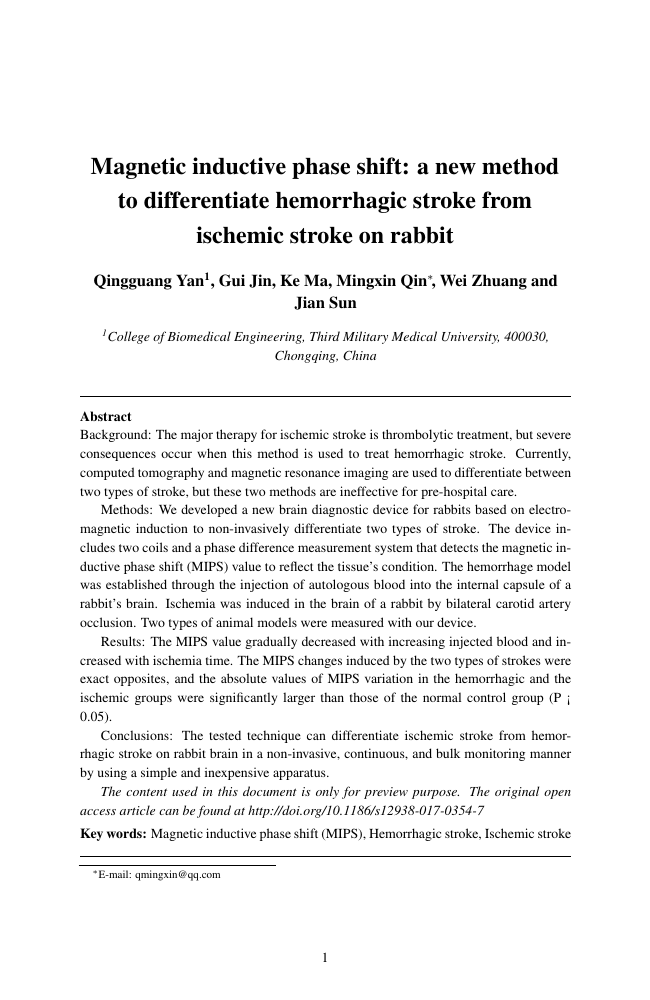

For example, a typical statement of authors’ contributions might be as follows (note that only last names are used unless ambiguous): Many journals now ask that you provide the role of each author in your acknowledgment section.

The “corresponding author” will also be listed a second time and will directly correspond with the journal to ensure documentation requirements are met. These authors and their affiliations will be listed at the beginning of the paper.


However, you must know the difference between an author and a contributor. AuthorsĪcknowledging contributors is necessary. In other words, one should not consider thanking ones’ parents for moral and financial support. It should only mention people directly involved with the project. In academic writing, the information presented in the acknowledgment section should be kept brief. Non-authors (colleagues, friends, supervisor, etc.).The acknowledgment section helps identify the contributors responsible for specific parts of the project. We discuss here, the relevant guidelines for acknowledging contributors. It provides appropriate recognition to all contributors for their hard work. The acknowledgment section is an integral part of all academic research papers. What is the Purpose of the Acknowledgements Section in a Research Paper? Preparing a manuscript for submission to a medical journal.
#Research manuscript sample full#
Abstract to publication rate: do all the papers presented in conferences see the light of being a full publication? Indian J Psychiatry. The principles of biomedical scientific writing: abstract and keywords. 1995 11:40–2.īahadoran Z, Mirmiran P, Kashfi K, Ghasemi A.
#Research manuscript sample how to#
How to write an abstract that will be accepted for presentation at a national meeting. Structured abstracts of original research and review articles. How to write a good abstract for a scientific paper or conference presentation? Indian J Psychiatry. The abstract should be written in the past tense.Īndrade C. The last line should state the recommendations from your study. Important results with the statistical information ( p values, confidence intervals, standard/mean deviation).Īrrange all information in a chronological order. R: Results-state the important findings of your study.ĭ: Discussion-discuss why your study is important. M: Methodology-what method was chosen to finish the experiment? I: The introduction in the opening line should state the problem you are addressing. It is usually written in the IMRAD format and is called a structured abstract. The abstract should state the purpose of the study, the methodology used, and summarize the results and important conclusions. A poor abstract may turn off the reader and they may cause indexing errors as well. Most leading journals now carry these.Īn abstract should be written last after all the other sections of an article have been addressed. Structured: A structured abstract contains information under subheadings like background, aims, material and methods, results, conclusion, and recommendations (Fig. It is not a balanced or complete overview of the article with which it is published. The style of the abstract is to attract more readers. Highlighting: This is rarely used in scientific writing. A comparison is also made with similar studies done earlier. In this, the authors’ own research is discussed for reliability, judgement, and validation. Conclusions can be drawn from the abstracts and in the recommendations written in the last line.Ĭritical: This type of abstract is lengthy and about 400–500 words. They are single paragraphs that provide the reader an overview of the research paper and are about 100–150 words in length. Informative: The majority of abstracts for science-related manuscripts are informative and are surrogates for the research done. No conclusions can be drawn from this abstract as it describes the major points in the paper. Before writing the abstract, you need to check with the journal website about which type of abstract it requires, with its length and style in the ‘Instructions to Authors’ section.ĭescriptive: Usually written for psychology, social science, and humanities papers.


 0 kommentar(er)
0 kommentar(er)
